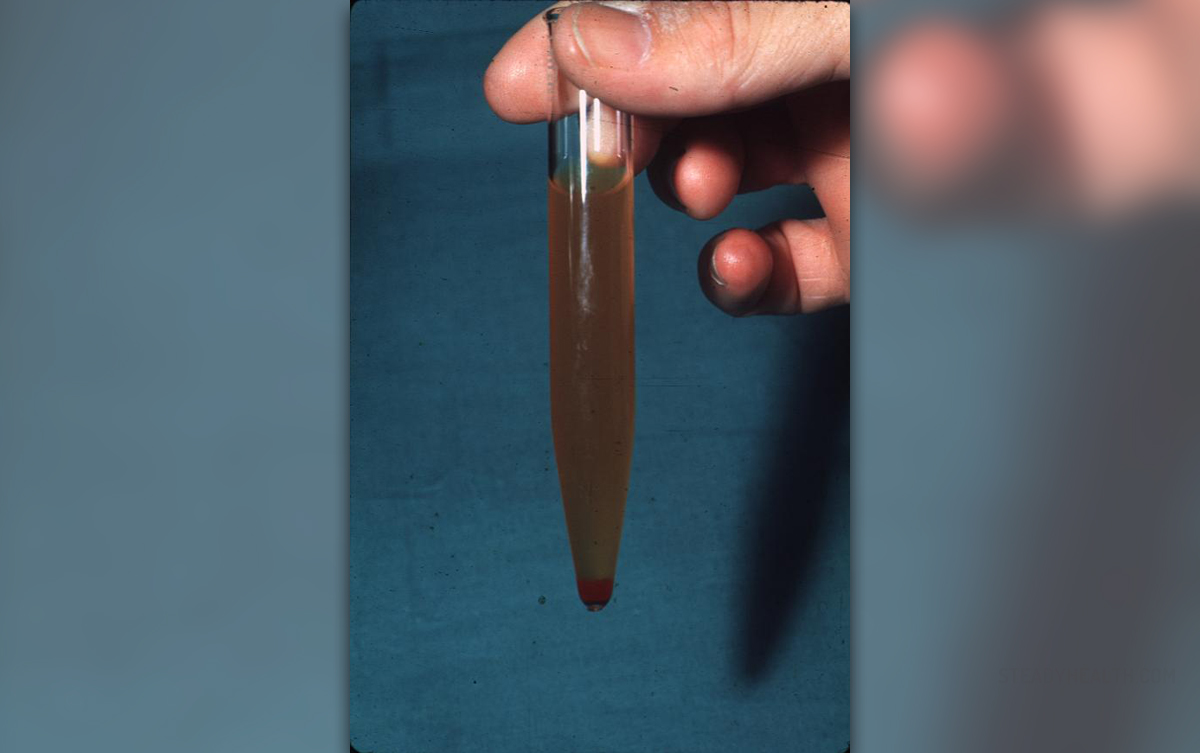
Hematuria
Hematuria is the presence of blood in urine. It can be classified as macroscopic and microscopic hematuria. In macroscopic hematuria the blood is not visible in the urine and the presence of erythrocytes can be only confirmed microscopically. In macroscopic hematuria the urine changes color, becomes darker and the very appearance if the urine can lead a patient to think that something is wrong. Hematuria can be accompanied by pain or it can be painless.
Investigations of Hematuria
The doctor examines the patient. After general physical examination what follows is examination of the urinary tract. The urine is tested and microscopically evaluated. It may contain whole erythrocytes, their particles, white blood cells and bacteria. Urine may additionally contain certain substances that are normally not excreted or are excreted but now their elimination is increased.
Laboratory tests additionally include a full blood count and erythrocyte sedimentation rate. The blood is tested for urea, creatinine and electrolytes. Even tests for albumin, calcium and liver function tests are performed.
In case that hematuria is microscopic and the patient's urine contains proteins the doctor may assume that the cause may be a glomerular problem. In this case the final diagnosis can be set after a biopsy of renal tissue. Before the biopsy both kidney are examined ultrasonographically.
In cases of microhematuria without the presence of proteins and in all cases of macroscopic hematuria the patients are subjected to further surgical examination. A variety of diseases can lead to microscopic hematuria without the presence of proteins and macroscopic hematuria. Cystoscopy is a surgical procedure which is helpful in evaluation of the bladder and urethra. Additional help is provided by intravenous urography or a combination of plain abdominopelvic radiography and ultrasonography of the urinary tract. The CT scan of the abdomen and pelvis may give perfect insight in all the processes but the definitive diagnosis can be only set after the pathohistological examination of the biopted materials.
Causes of Hematuria
Macroscopic hematuria can be caused by renal tumors such as renal cell carcinoma or adenocarcinoma. Blood in urine can also occur in transitory cell carcinoma which affects the renal collecting system. In some cases, even benign renal tumors may bleed and the bleeding can also originate from angiomyolipoma which is a hamartomatous lesion. The bleeding may be additionally caused by malignant tumors of the bladder and the prostate.
The bleeding can be connected to renal and ureteric stones. Furthermore, in all cases of glomeluronephritis the patient experience microscopic hematuria. Papillary necrosis is another medical condition which features with hematuria. Infections of urinary tract, especially cystitis, are accompanied by the presence of blood in urine.
In rather rare cases hematuria is caused by arteriovenous malformations, tuberculosis of kidneys or arteritis.

















Your thoughts on this
Loading...